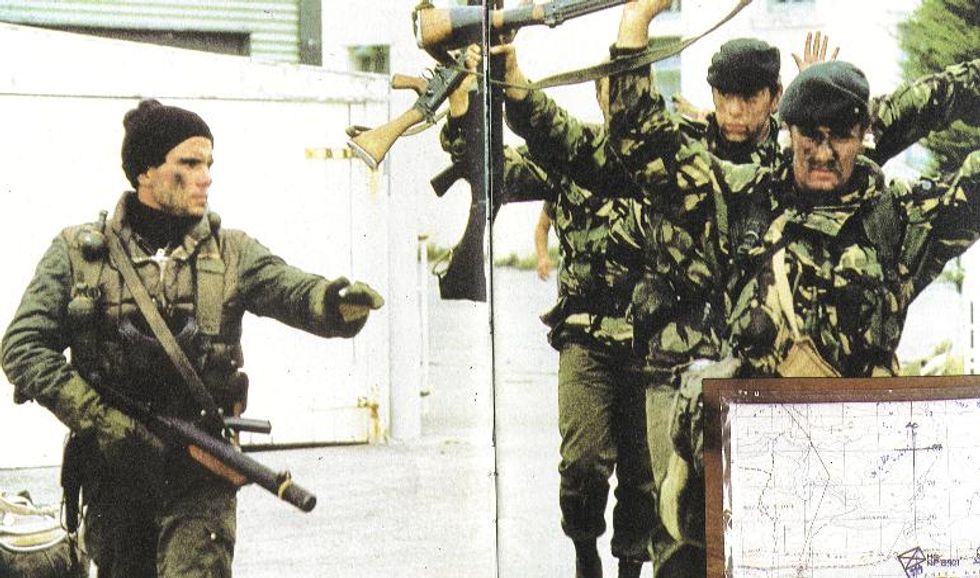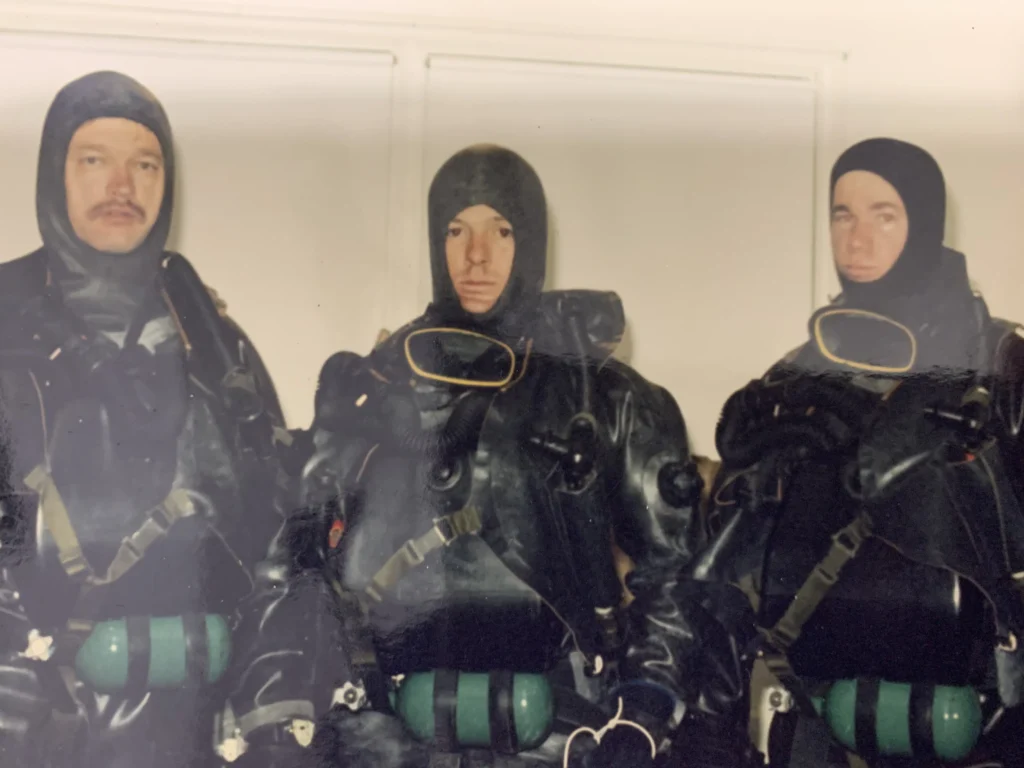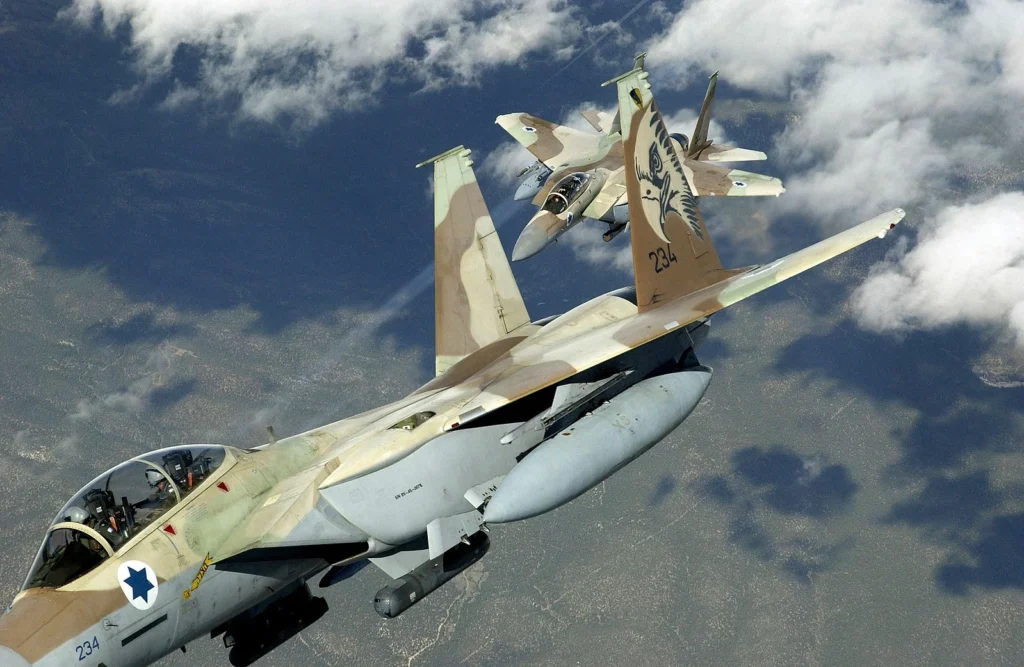That time two countries’ Special Forces squared off in combat
- By We Are the Mighty
Share This Article

This article by James Elphick was originally published by We Are the Mighty.
The idea of having a force designed for a special purpose dates far back into history and has been used in many wars. However, it is rare, if ever, that these forces meet in combat. Their targets are usually those too difficult to tackle by conventional forces. Or they’re used to exploit weaknesses in conventional forces. In a unique confluence of events though, British SAS and Royal Marine Commandos faced off against Argentine Special Forces during the Falklands War of 1982.
The fighting (neither side actually declared war) started on Apr. 2, 1982, when Argentina invaded the Falkland, South Georgia, and South Sandwich Islands. Argentina took this bold move due to a longer simmering dispute over the sovereignty of the islands.

The British response was swift and soon a naval task force was steaming towards the Falklands.
They landed in force on May 21, 1982, to retake the islands. The operation, codenamed Operation Corporate, was spearheaded by 3 Commando Brigade with paratroopers from 2 Para and 3 Para attached.
The elite 3 Commando Brigade consisted of 40, 42, and 45 Commando, the equivalent of three infantry battalions, along with Royal Marine artillery and engineer support. The British Special Forces contingent consisted of the 22nd Special Air Service Regiment as well as cadre from the Mountain and Arctic Warfare school.
Argentina had little in the way of Special Forces – just two companies: 601st National Genderarmie Special Forces Company and the 602nd Commando Company.
The first meeting of Special Operators from both sides occurred on the night of May 29 as both sides sought to stake claim to Mount Kent.
A patrol from 16 Air Troop, D Squadron, 22nd SAS encountered about 40 Argentine Commandos from the Third Assault Section of the 602nd. In a sharp clash, the British finally gained the upper hand and, despite being outnumbered, and drove off the Argentines at the expense of two wounded.

The next day, the 2nd Assault Section, 602nd Commandos, stumbled into Argentina’s 17 Boat Troop’s encampment while attempting to seize Bluff Cove Peak. The surprised Argentine Commandos were quickly overwhelmed. Soon after the battle started, they radioed for help, stating simply: “We are in trouble.” Less than an hour later they sent a second message, “There are English all around us, you better hurry up.” Two Argentine Commandos were killed before the section was able to withdraw.
On May 31, Argentina’s 1st Assault Section had been patrolling the area all day and decided to seek shelter in Top Malo House, an abandoned sheep herder’s house, as temperatures dropped to below freezing. Unbeknownst to the Argentines, they were spotted by an SAS observation post who called up Royal Marines from the Mountain and Arctic Warfare school to attack the house.
Nineteen Royal Marines, led by Capt. Rod Boswell, embarked by helicopter to the area and moved into position to assault the house. Boswell broke his group up into two sections. A fire support section took up positions on nearby high ground while a 12-man assault section prepared to attack the house.

The Argentine commandos, hearing the helicopters, made preparations to leave the house. But the British attack came before they could vacate the area. Boswell’s fire support section hit the house with two 66mm LAW rockets as the assault section stormed forward. When they came under fire from the trapped Argentines, the British assault section unleashed two of their own rockets.
This barrage of rockets killed Argentine Commando Lt. Espinosa who was covering the withdrawal from the second-floor window of the house. A second Argentine commando, Sgt. Mateo Sbert, was shot dead by the British while also attempting to cover the retreat of his comrades.
The LAW rockets set the house on fire and the smoke from the blaze ironically provided effective concealment for the men of the Argentines as the moved to a stream bed 200 meters away and set up a defense.
One Argentine, Lt. Horatio Losito, attempted to charge the British to drive them off. He was hit multiple times but continued fighting until he lost consciousness from blood loss.Eventually, the remaining members of the patrol, many of whom were wounded, ran out of ammunition and were forced to surrender. The British suffered two wounded in the attack.
The Argentine and British Commandos continued to clash as the war progressed.
On June 5, Argentina’s 3rd Assault Section, 602nd Commandos attacked the British 10 Troop, 42 Commando on Mount Wall. After a sharp fight the British were forced to withdraw. The next day the 601st got in the action and drove off two patrols of British paratroopers, capturing much of their equipment as they discarded it as they escaped.

The last engagement between the two sides Special Forces occurred on June 10.
A patrol from the British 19 Mountain Troop, D Squadron, 22nd SAS was ambushed by elements of the 601st Commando Company. The four man group split up and as the commander, Capt. Gavin Hamilton, and his signaler, Cpl. Charlie Fonseca, provided covering fire, the other two men escaped. In their attempt to cover the retreat, Capt. Hamilton was killed and Fonseca was captured.
The war ended just four days later after the Battle of Two Sisters. British Royal Marines of 45 Commando stormed the peaks and drove off the remnants of the Argentine forces, including men from 602nd Commando.
In the end, the Argentine and British Special Forces went toe-to-toe on numerous occasions and the result was often very close and hotly contested.
Related Posts
Sandboxx News Merch
-

‘AirPower’ Classic Hoodie
$46.00 – $48.00 Select options This product has multiple variants. The options may be chosen on the product page -

‘Kinetic Diplomacy’ Bumper Sticker (Black)
$8.00 Add to cart -

‘Sandboxx News’ Trucker Cap
$27.00 Select options This product has multiple variants. The options may be chosen on the product page
We Are the Mighty
Related to: Military History, Special Operations

The gravity of the situation: How to fly a fighter upside down

Airborne adventures with a Green Beret Combat Dive Team

Legendary US Army Ranger William ‘Doc’ Donovan achieves very rare special operations honor

Sandboxx News
-

‘Sandboxx News’ Trucker Cap
$27.00 Select options This product has multiple variants. The options may be chosen on the product page -

‘AirPower’ Classic Hoodie
$46.00 – $48.00 Select options This product has multiple variants. The options may be chosen on the product page -

‘AirPower’ Golf Rope Hat
$31.00 Select options This product has multiple variants. The options may be chosen on the product page -

‘Sandboxx News’ Dad Hat
$27.00 Select options This product has multiple variants. The options may be chosen on the product page
